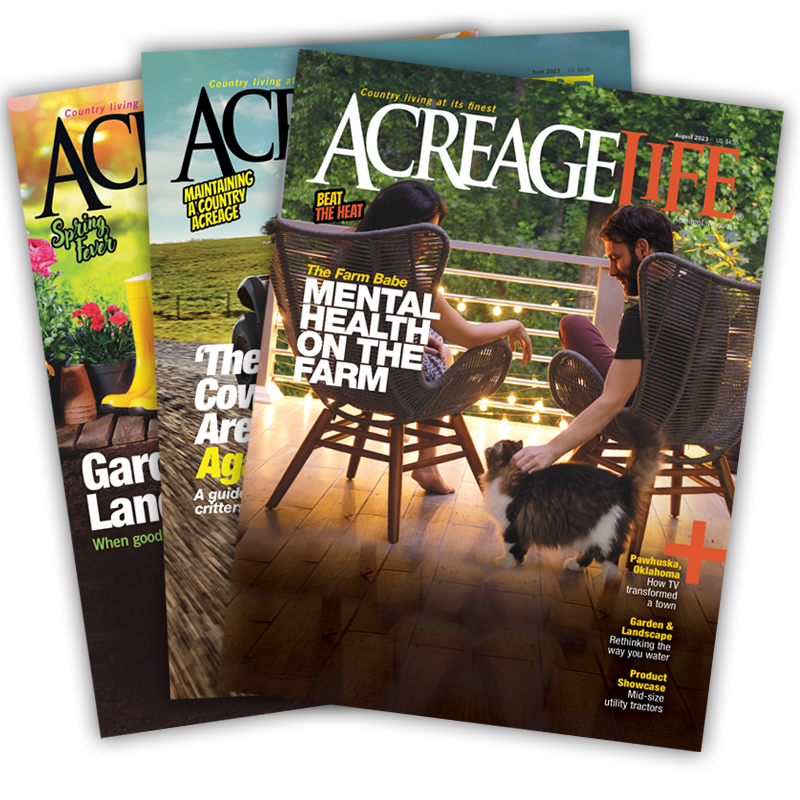Legacy Breeds Face Crisis
A Spotlight on The Livestock Conservancy


The Livestock Conservancy (TLC) is an organization with a simple but highly important mission: to protect America’s endangered livestock and poultry breeds from extinction. As a major part of their conservation efforts, TLC releases an annual Conservation Priority List (CPL) that highlights livestock breeds with dwindling populations that may be in danger of extinction. On this list, TLC categorizes many types of livestock including cattle, ducks, goats, rabbits, sheep, chickens and — of course — horses.
To be included on the CPL, breeds must meet certain genetic and numerical parameters based on population and the number of animals born each year. The breeds on the list are then categorized into the following categories: critical, threatened, watch, recovering and study.
Eventually, if conservation practices are successful, the population of these endangered breeds increases to the point that the breed can officially “graduate” off of the CPL and it is no longer considered endangered.
When it comes to preserving rare horse and livestock breeds, understanding how conservation status is classified can help guide breeding decisions, support programs and public awareness.
The Livestock Conservancy uses five primary categories to track the stability and risk levels of heritage breeds in the U.S. and around the world. Each category reflects population size, registration number and genetic concerns:
Critical
- Fewer than 2,000 animals worldwide.
- Fewer than 200 annual U.S. registrations.
Threatened
- Fewer than 5,000 animals worldwide.
- Fewer than 1,000 annual U.S. registrations.
Watch
- Fewer than 10,000 animals worldwide.
- Fewer than 2,500 annual U.S. registrations.
- May also include breeds with limited geographic range or genetic concerns.
Recovering
- Formerly listed in a more at-risk category.
- Now exceed “Watch” population thresholds.
- Still require continued monitoring.
According to The Livestock Conservancy, an estimated 300 livestock breeds worldwide have gone extinct in the past 15 years. However, in the 40 years since the organization began issuing its Conservation Priority List, none of the breeds added to the list have been lost to extinction. By bringing attention to these endangered breeds, TLC has inspired breeders to act in preserving and protecting heritage animals — efforts that have helped boost populations in North America and support biodiversity for the future.
In the United States many horse breeds are thriving with strong populations and ample genetic diversity, but certain breeds (especially draft and pony breeds) have struggled due to a variety of factors. TLC seeks to highlight these breeds and raise awareness of their merits, attributes, history and plight.
In 2025, the Conservation Priority List recognized three groups of horses: North American breeds, breeds imported before 1900 and breeds imported after 1900. Here’s a look at the breeds included in each group.
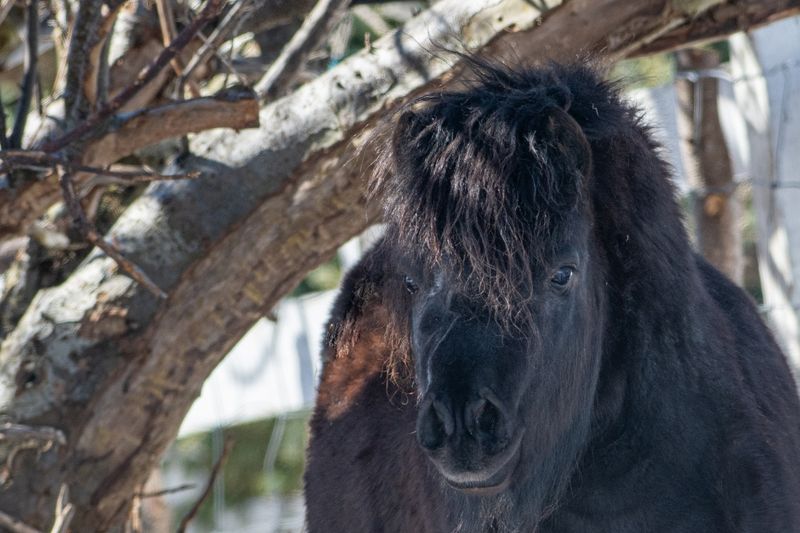
A small black Newfoundland pony stands in a horse pen.
North American Breeds
This year, there are 16 breeds listed in this group, most of which are currently listed as being critical. These include the American Cream Draft, the Canadian horse and the Newfoundland pony, along with several Spanish horse breeds such as the Santa Cruz and the colonial Spanish.
Additionally, two breeds are currently listed as threatened: the Rocky Mountain Horse and the Puerto Rican Paso Fino. The Belgian is the only breed currently listed as recovering.
Breeds Imported Before 1900
There are five breeds included in this group for 2025. All are listed as critical except for the Clydesdale, which is on the threatened list. The critical breeds include the Cleveland Bay, the Hackney horse, the Shire and the Suffolk. Of these, four originally came from England and the Clydesdale came from Scotland.
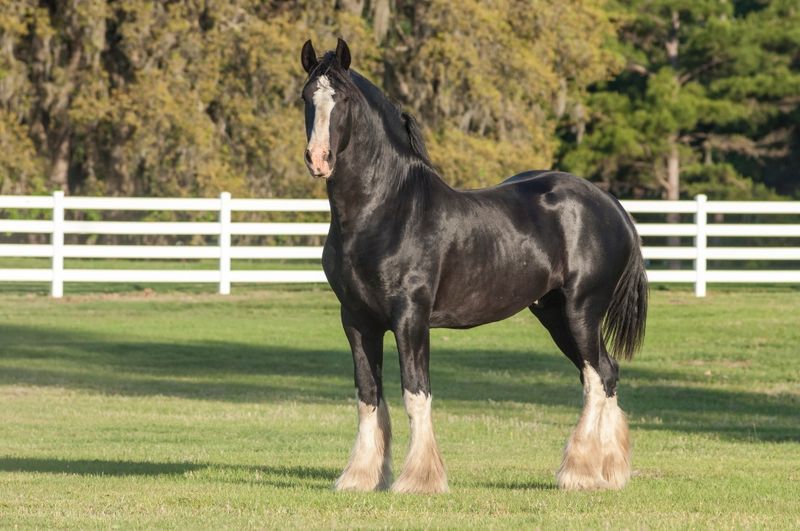
A Shire draft horse stallion is listed as a critical breed.
Breeds Imported After 1900
Eleven breeds met the parameters for inclusion in this grouping. Six are listed as critical and those include an assortment of British Native Pony breeds including the Dales, the Dartmoor, the Exmoor, the Fell and the Highland. Also listed as critical is the Caspian pony which originated in the Middle East.
Another pony breed made the threatened list, which was the Gotland pony from Sweden. The Irish Draft and the unique Akhal-Teke are also listed as threatened, as is the iconic and beloved Lipizzaner horse.
Currently listed as a study breed is the Brabant horse, which is similar to the Belgian.
Donkeys
It’s worth noting that three distinct donkey breeds also appear on the 2025 Conservation Priority List.
One North American breed, the American Mammoth Jackstock is listed as critical and that breed has a long history in the United States (George Washington is credited with influencing the breed).
Additionally, two breeds imported after 1900 are listed, including the Poitou, a French donkey breed that is listed as critical, and the adorable Miniature Donkey, which is listed on the watch list. Although the population of Miniature Donkeys in the United States is strong, numbers have decreased globally.
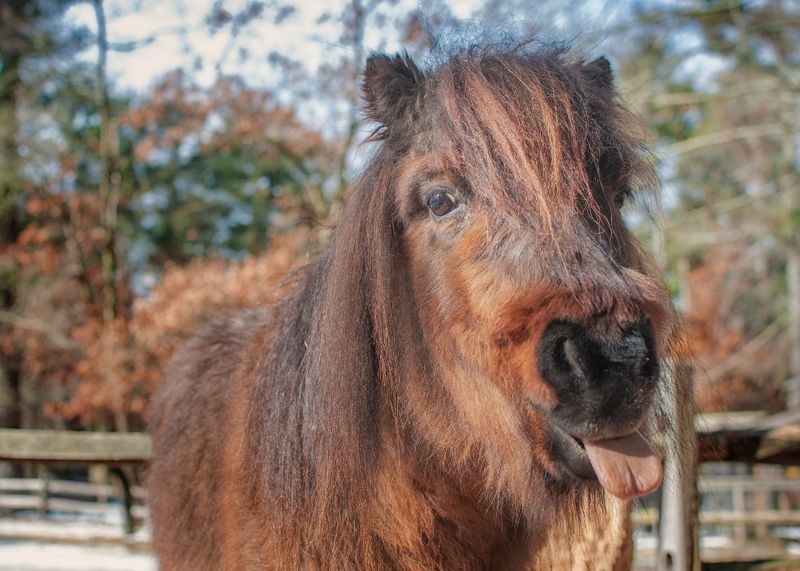
The Poitou donkey, a French breed is listed as critical.
How Can You Help?
There are many ways to help preserve and protect these endangered heritage breeds. New breeders are always needed, but that’s also a large commitment that requires many resources.
What you can do to help support these breeds is join TLC in their work and help to raise awareness for heritage livestock. The organization is always looking for volunteers, donations, sponsors and advertisers to help in achieving the goals of the mission.
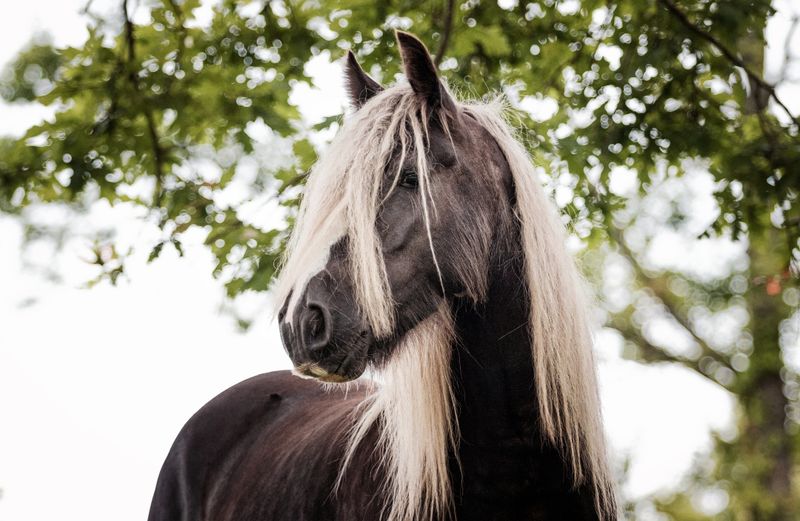
Irish (gypsy) cob is listed as threatened on the TLC list.
About the Author:
Samantha Johnson is a writer, farm girl and the author of more then a dozen books on rural living. She lives on a farm in northern Wisconsin with a colorful herd of Welsh Mountain Ponies, a bossy Welsh Corgi and a wide assortment of tomato plants.
Tags:Horse Sense

Acreage Life is part of the Catalyst Communications Network publication family.
















